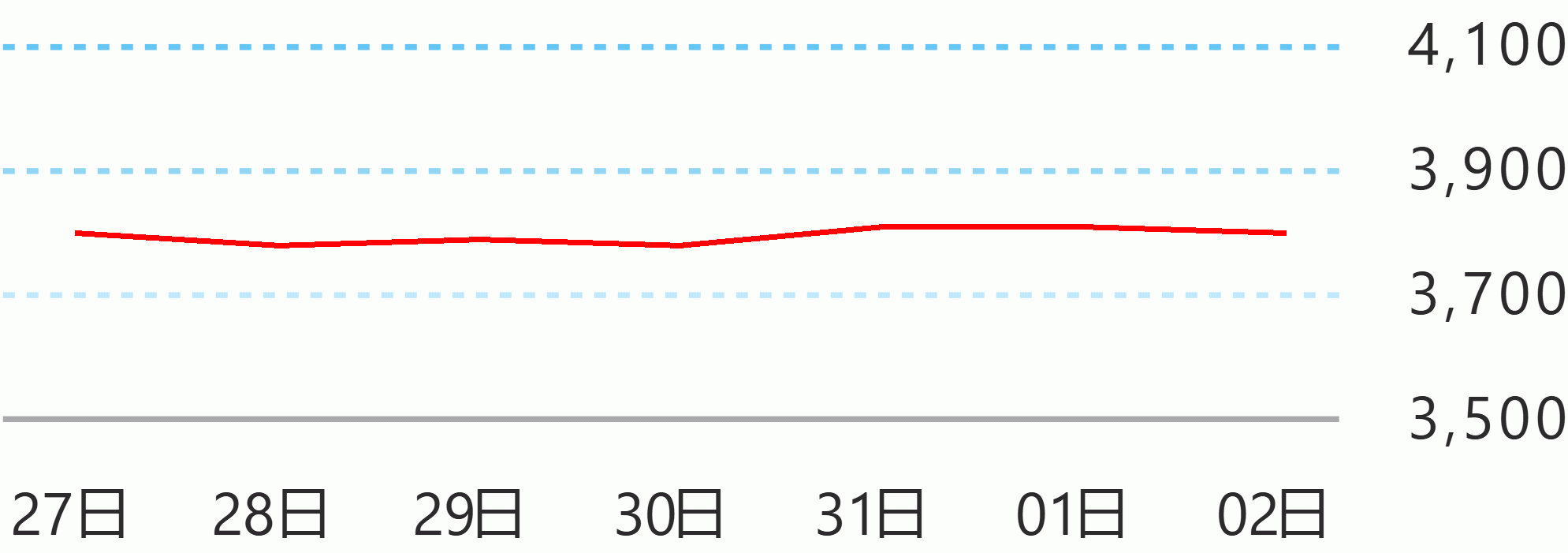Bangko Sentral ng Pilipinas Governor Benjamin Diokno announced that the Philippines’ outstanding external debt remained at a prudent level as its ratio to gross domestic product (GDP) recorded at 27.3 percent at end-September.
Diokno said other key external debt indicators also remained at prudent levels. Gross international reserves stood at $106.6 billion as of end-September and represented 8.6 times cover for short -term debt based on the original maturity concept.
For January to September, the debt service ratio increased to 8.1 percent from 7.2 percent recorded for the same period a year ago due to higher payments.
The debt service ratio
The debt service ratio, which relates principal and interest payments (debt service burden or DSB) to exports of goods and receipts from services and primary income, is a measure of adequacy of the country’s FX earnings to meet maturing obligations.
Total outstanding external debt to GDP ratio remains one of the lowest as compared to other ASEAN member countries.
This is expressed as a percentage of GDP is a solvency indicator. The low external debt to GDP ratio indicates the country’s sustained strong position to service foreign borrowings in the medium to long-term (MLT).
External debt, meanwhile, stood at $105.9 billion as of end-September, a $4.7 billion (or 4.7 percent) rise from the $101.2 billion recorded a quarter earlier.
The rise in the debt level during the third quarter was due largely to net availments of $5.7 billion, mainly attributed to the National Government (NG) as it raised $3.0 billion from the issuance of global bonds and $1.3 billion from official sources to fund its general financing requirements and COVID-19 pandemic response programs and projects.
Moreover, in view of the recent distribution by the International Monetary Fund of the $650 billion SDR allocation to its members last August 23, the country's reserve assets and external debt levels increased by $2.8 billion or SDR2.0 billion (share of the Philippines) during the quarter.
Prior periods’ adjustments of $573 million further contributed to the increase of the debt stock. Meanwhile, resident investments in Philippine debt papers issued offshore of $992 million and negative foreign exchange revaluation of $556 million partly tempered the rise in the debt level.
Year-on-year, debt stock rose by $14 billion brought about by: (a) net availments of $14.3 billion, mainly by the NG; and (b) prior periods’ adjustments of $2.3 billion. The increase in the debt level was partly tempered by the: (a) transfer of Philippine debt papers from non-residents to residents of $1.7 billion; and (b) negative FX revaluation of $987 million.
External debt refers to all types of borrowings by Philippine residents from non-residents, following the residency criterion for international statistics.
Debt Profile
As of end-September, the maturity profile of the country’s external debt remained predominantly MLT in nature (i.e., those with original maturities longer than one year), with share to total at 88.3 percent.
On the other hand, ST accounts (or those with original maturities of up to one year) comprised the 11.7 percent balance of debt stock and consisted of bank liabilities, trade credits and others.
The weighted average maturity for all MLT accounts slightly increased to 17.2 years, with public sector borrowings having a longer average term of 20.8 years compared to 7.3 years for the private sector. This means that FX requirements for debt payments are still well spread out and, thus, manageable.
Public sector external debt increased to $65.2 billion from $59.9 billion in the previous quarter. About $56.9 billion of public sector obligations were NG borrowings while the remaining $8.4 billion pertained to loans of government-owned and controlled corporations, government financial institutions and the BSP.
Private sector debt decreased from $41.3 billion as of end-June to $40.7 billion as of end-September, with share to total likewise decreasing from 40.8 percent to 38.4 percent.
The decline was due to the: (a) increase in resident investments in Philippine debt papers issued offshore ($586 million); (b) net repayments ($434 million); and (c) negative FX revaluation ($121 million). These were partially offset by prior periods’ adjustments ($572 million).
Major creditor countries were: Japan ($14.8 billion), United States of America ($2.9 billion), The Netherlands ($2.8 billion), United Kingdom ($2.4 billion), and China ($2.2 billion). Creditor mix continues to be well-diversified.
Borrowings in the form of bonds or notes had the largest share (37.7 percent) of total outstanding debt, followed by loans from official sources (multilateral and bilateral creditors (comprised of Japan - $8.9 billion; China - US $1.4 billion; and France -$701 million, among others) - 37.3 percent), and obligations to foreign banks and other financial institutions (19.2 percent); the rest (5.7 percent) were owed to other creditor types (mainly Suppliers/exporters).
In terms of currency mix, the country’s debt stock remained largely denominated in US dollar (54.9 percent) and Japanese ten (10.1 percent). US Dollar-denominated multi-currency loans from the World Bank and ADB represented 19.4 percent. The 15.6 percent balance pertained to 14 other currencies, including the euro, philippine peso and SDR. BSP





 English
English










